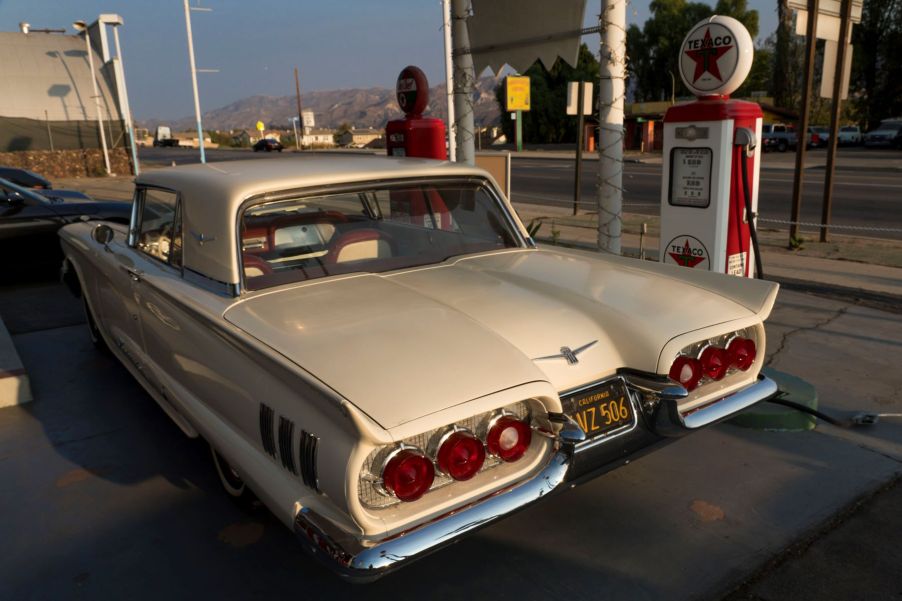
Is Premium Fuel Really Better for Your Engine?
Gas prices have matched or surpassed record highs in the last six months in the U.S. The costliest among them – premium – has passed $6 per gallon in some areas of the country. However, is that the best gas you can use for your car’s engine? Here’s what you need to know for better fuel economy and performance:
What do octane ratings mean?

There are typically three gas options for drivers at a station: regular, mid-grade, and premium. They are denoted by octane rating. That’s a measurement of the fuel’s overall stability. Regular is usually 87 octane, mid-grade is typically at 89, and premium can range from 91 to 94. Prices increase as the octane rating goes up.
However, Kelley Blue Book notes that octane rating does not solely apply to gasoline. The octane rating correlates to the engine’s minimum level needed for proper operation. If an automaker recommends at least mid-grade (89 octane) fuel for a car, filling up with regular fuel could cause problems for your car’s engine.
The right octane level helps your car’s engine avoid “ping” – uncontrolled fuel combustion within the cylinders. More pinging can damage your car’s engine, and octane rating measures the fuel’s anti-ping properties.
The most popular minimum ratings are on each end of the octane spectrum. Data from the U.S. Energy Information Administration shows that 76.2% of all gasoline sales in America in Feb. 2022 were regular fuel. Premium fuel made up 14.7% of sales, and mid-grade was the remaining 9% of nationwide sales.
What makes premium fuel better?
Since higher-octane fuel is more stable, manufacturers often recommend it as the best fuel for luxury or sports cars. These cars usually have higher-performing parts and systems, like a turbocharger. The higher-rated fuel helps preserve those performance parts.
If your car’s minimum octane rating is 87, it can run on higher-grade fuel than that, but it isn’t necessary. There’s no significant reason to fill up with premium, and it could cost you more at the pump. According to TrueCar, Federal Trade Commission notices state, “in most cases, using a higher-octane gasoline than your owner’s manual recommends offers absolutely no benefit. It won’t make your car perform better, go faster, get better mileage or run cleaner.”
Instead, the website recommends seeing which additives are put in the fuel, like Chevron’s Techron blend of detergents. Those are available across all types of grades. Companies like Chevron and Shell claim their detergents can help reduce carbon buildup in your car’s engine.
Which fuel should I use on my car?
Most cars on the road today run perfectly well on regular gasoline. The anti-knock and anti-ping properties should keep your car’s engine running smoothly.
If your car’s factory-recommended minimum rating is premium, you can technically run on regular or mid-grade gasoline. However, that does mean you won’t get the same performance or fuel economy, so premium fuel is better.
Though it is not usually cheaper now, sometimes diesel fuel can be less expensive than regular gas. However, do not use it on a non-diesel car; it has an octane rating of 25 to 30 and could seriously damage your car’s engine.
To find out which type of gasoline is recommended, check with your car’s manufacturer. If it runs on regular instead of premium, that could help save you some money. If you have engine longevity in mind with buying gas, look at a top-tier grade of gasoline instead of simply buying premium. It could cost the same but with more long-term benefits.


